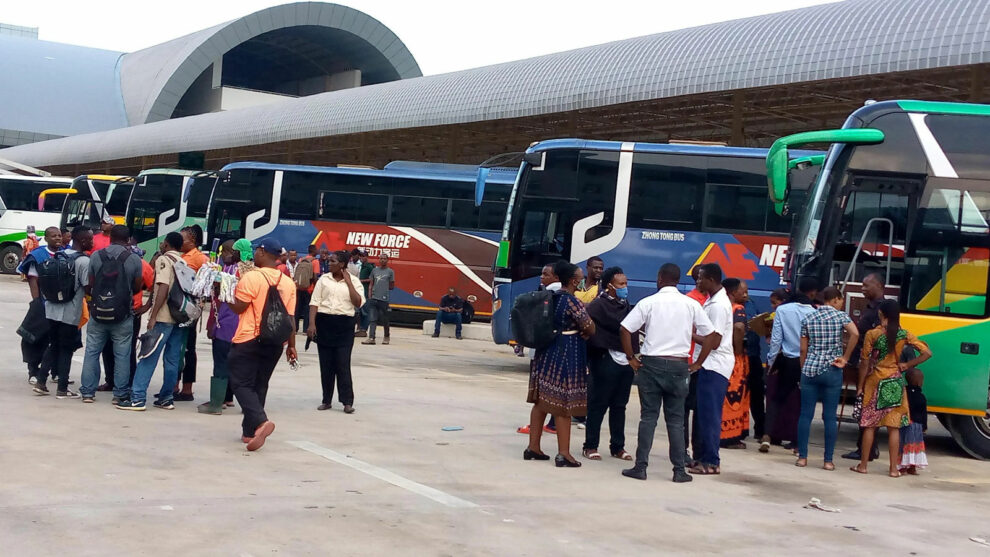Tanzanians will have to dig deeper into their pockets to pay for their upcountry and cross-border travel as operators plan to increase fares by up to 27 percent in the festive season.
The government, through the Land Transport Regulatory Authority (Latra), has raised passenger fares by 20 percent to 27 percent effective December 8, citing the global increase in the cost of fuel and higher operation costs.
Long-distance buses will increase fares by between Tsh9,000 ($4) and Tsh17,000 ($7) per trip.
Commuter fares in towns are going up from Tsh500 ($0.20) to Tsh900 ($0.40) one way.
While travellers have cried foul over the increase, it is a climbdown from the rates the Tanzania Bus Owners Association (Taboa) had proposed – between 48 percent and 79 percent.
The bus owners said they were seeking higher fares to meet operational costs caused by global economic shocks.
Taboa spokesman Mustapha Mwalongo on Thursday cited inflation and the weakening of the local currency, which has pushed up the cost of spare parts. Tanzania imports all motor vehicle spare parts in dollars.
“We believe that the increase in the fare will, to some extent, reduce the pain that the transporters have been facing but we are still asking the government to increase the rates to reduce our burden,” Mr Mwalongo said.
The prices of vehicle tyres have gone up from Tsh400,000 ($160) to about Tsh1,000,000 ($399).
The increase of bus fares will affect cross-border travel between Tanzania and states in Southern and Eastern Africa.
Key regional destinations for Tanzanian buses are Nairobi, Mombasa, Kampala, Kigali, Lilongwe, Bujumbura, Lusaka, Harare and Lubumbashi.
Most buses depart Dar es Salaam, Arusha, Mbeya and Mwanza cities for cross-border journeys.
Harare and Lubumbashi are the longest routes connecting.
A bus journey from Dar es Salaam current costs Tsh180,000 ($71) while a Lubumbashi trip costs Tsh135,000 ($ 54) one way.
Road transport is the most common in Tanzania, carrying over 90 percent of passenger traffic and 75 percent of freight.
Source: The East African















